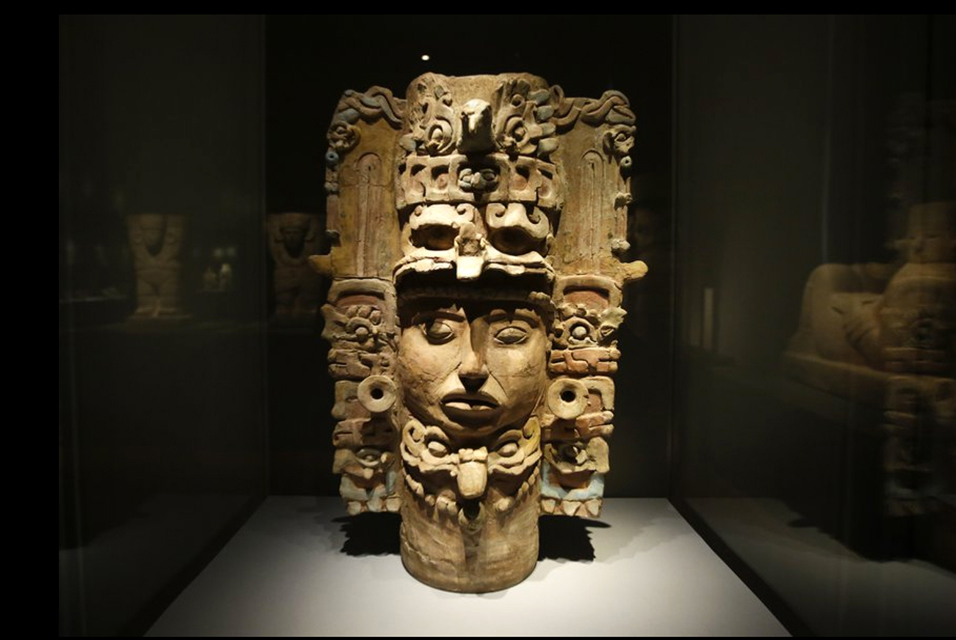"The Maya - Language of Beauty", showing some two thousand years of Mayan art, has opened in Berlin. It features some 300 artworks, created before the arrival of Spanish colonial rulers in the 16th century.
Sculptures celebrating the human body, precious jewellery, animals and deities are all on show.
The exhibition avoids the Mayas' best-known legacy, their spectacular architecture around Central America, to concentrate on their portrayals of more personal things, such as religion and clothes.

Two thousand years of Mayan Art in Berlin
"The exhibition is titled "The Maya – Language of Beauty" and we are showing 300 pieces that show how the Maya artists created sculptures of people and animals," said Gereon Sievernich, Director, Martin-Gropius-Bau Museum.
"The pieces span almost 2000 years, from 500 BC until 1500 AD. So about 2000 years are collected here with these 300 objects."
Sponsored by the Mexican National Institute of Anthropology and History, the exhibition has been on show at museums in Mexico and Beijing -- but the German capital is Europe's only stop.
"I don't think this will be completely different and new for a European audience. The Maya culture is well-known and famous, we are talking about one of the most important civilisations, not only in America but the world," said Karina Romero Blanco, Curator.
"And because of this fame, people will most likely come and visit. Because they already have an expectation of the wonderful art that was created by the Maya civilisation."
The exhibition also explores the importance of clothing in signalling social status and features jewellery such as necklaces and ear plugs in jade and chrysoprase.
Vessels in the form of monkeys, birds, frogs and snakes, illustrate the importance of animals to the Maya culture. The works also look at the their complex variety of deities.
"No you can't say that something is specific to Maya art, but rather the range is specific to Mayan art. The Mayan artists used a whole variety of materials, techniques and languages of art, and this is precisely what characterises Mayan art - this whole diversity. This richness of the art would be the defining Mayan characteristic," Karina Romero Blanco said.
Much of the work on show is from the "late classical" period the between 600 and 900, which is when the most extravagant pieces were created.
The exhibition is particularly important, as the traditional Mayan culture and civilisation has mostly disappeared and little is still known about it. The show runs from April 12th to August 7th.















